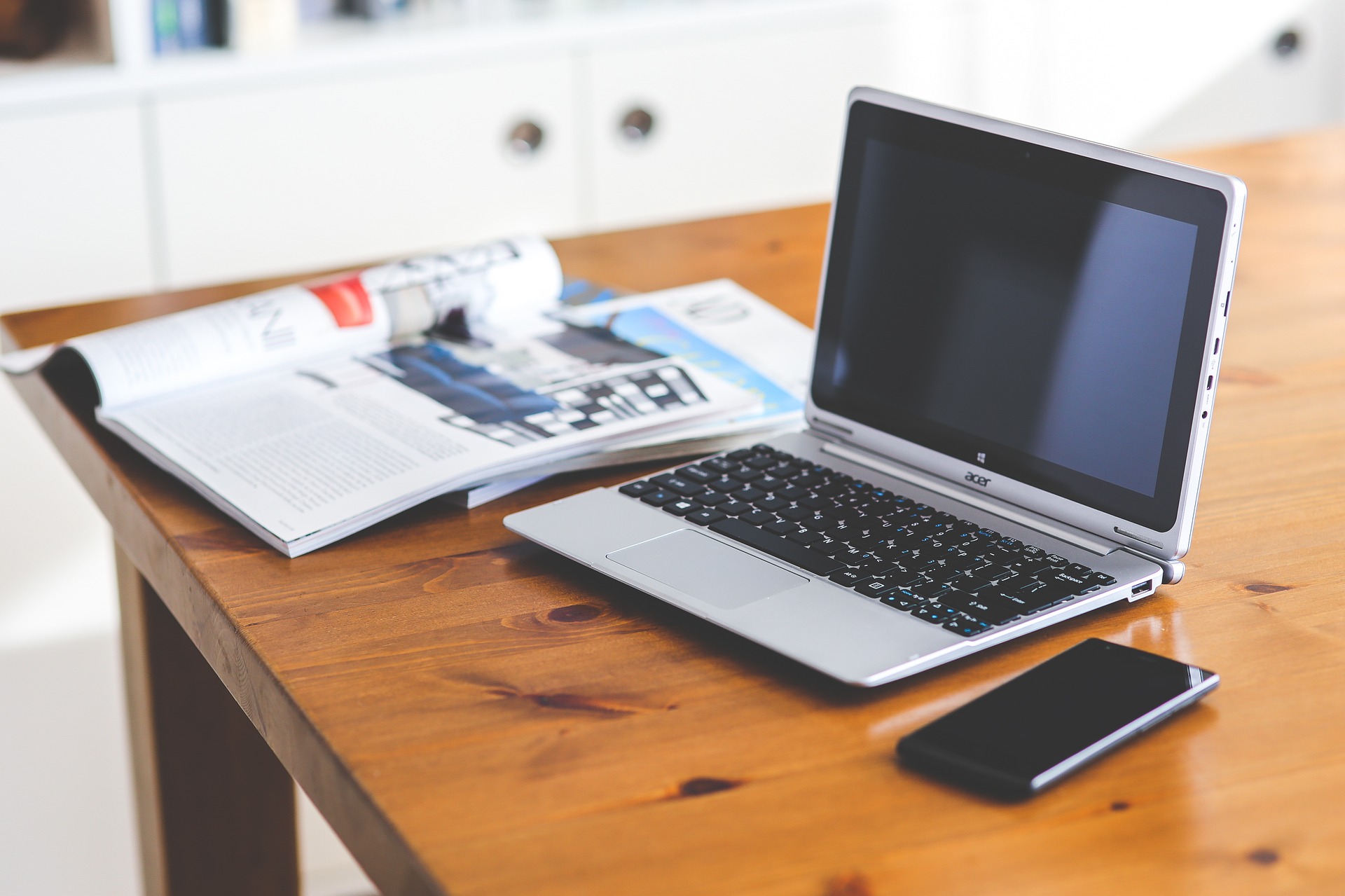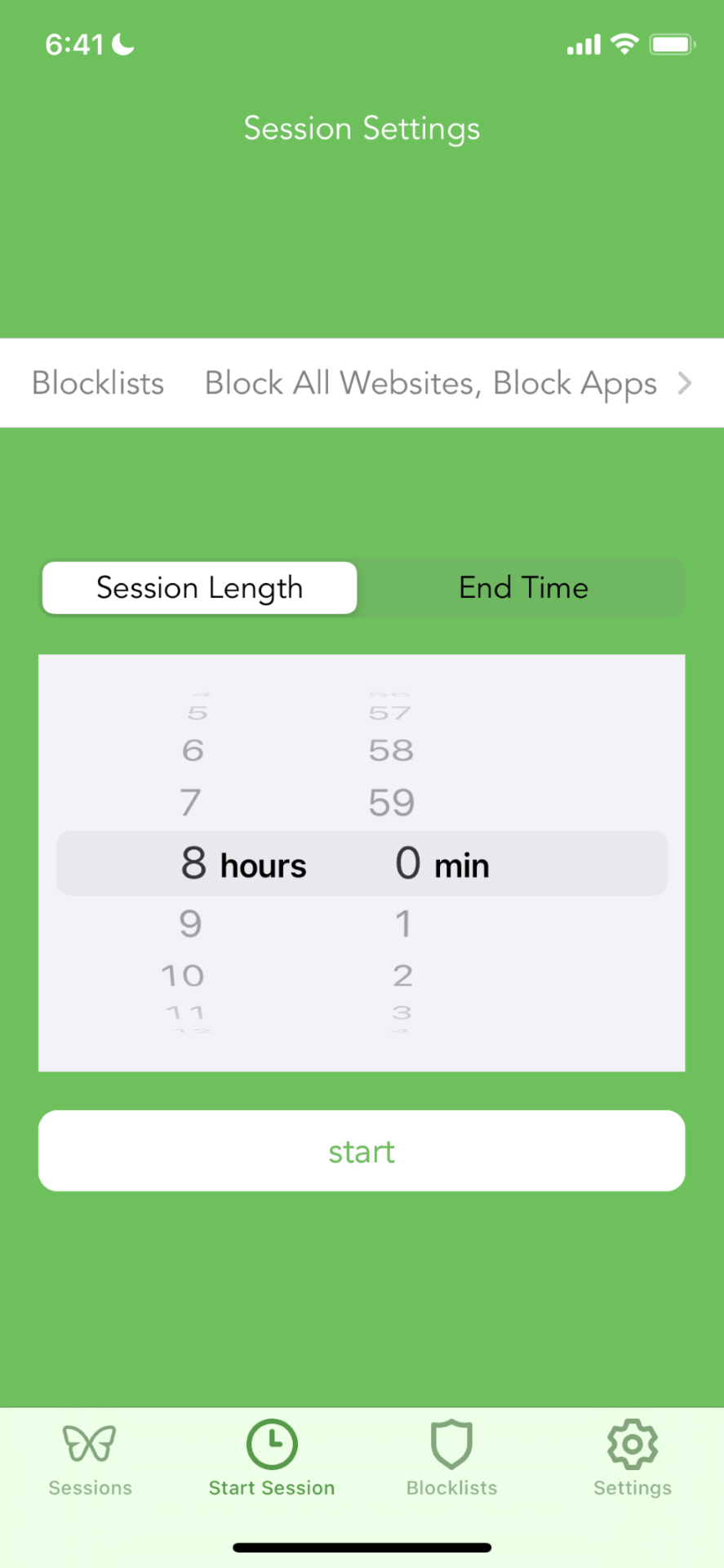I know you’re here because you want to spend less time on social media in 2022. But that isn’t actually your goal.
I know, I know — sounds ridiculous. Allow me to explain:
People often hire me because they want to weigh less, and put a specific number on a pedestal (“I know the scale isn’t everything, but I really want to get down to the 170’s.”). The primary issue with this, and goal weights in general, is that the REAL goal isn’t to weigh a specific amount. It’s to experience everything you associate with that number.
Your goal isn’t to weigh under two hundred pounds. It’s to feel more confident presenting in front of your colleagues. Your goal isn’t to lose 40+ pounds. It’s to feel self-assured in front of your partner. Your goal isn’t to lose a pound per week. It’s to finally keep your promises to yourself and build your self-esteem.
What does this have to do with spending less time on social media in 2022?
If you’re here because you want to spend less time on social media, it’s really because you want more of something. It may be:
- More free time to spend on important and meaningful tasks
- More present moments with your friends and family
- More mental bandwidth (social media tends to drain us of this)
- More focus and productivity
When you identity this goal, cutting back on social media becomes far more realistic long-term. If you don’t, it’s unlikely you’ll succeed. After all, nobody wants to sacrifice without a good reason to.
But this is only the first step.
Once you’ve identified your goal, you need to deploy as many strategies as possible for sticking to your plan. “Staying disciplined” isn’t going to get you very far. Some of the brightest minds in tech, marketing, and business are being paid millions of dollars to keep us glued to these apps.
(At a 2+ hour per day worldwide average, they’re doing a great job.)
Which means the measures we may need to take to take charge of our time, focus, and energy again may need to be “extreme” — but extreme is what we’re up against.
Without further ado, here are fifteen simple strategies for spending less time on social media in 2022 (arranged from least to most extreme):
1) Get in touch with your screen time
If you have an iPhone, you can find out exactly how much time you’re spending on each app. Click “Settings,” “Screen Time,” and “See All Activity.” This alone may motivate you to stay off your phone, especially when you realize two hours of scrolling per day is ~36 days per calendar year.
I don’t know about you, but I don’t want to taste an entire MONTH on TikTok videos and Instagram memes I won’t remember five minutes after seeing them. Life is too short.
2) Commit to using one screen at a time
Ever find yourself watching TV, with a laptop in front of you, and a phone in your hand? I certainly have — and I can’t say I ever leave that situation feeling good about how I spent my time.
Committing to one screen at a time makes your time in front of each far more enjoyable, and helps you learn to be more present.
3) Turn off your notifications
As the cliché goes, “Sometimes the most complex questions have the simplest answers.” In this case, the simple solution to our battle with social media may be — and I know this is revolutionary — not seeing a flurry of notifications encouraging us to get back on it.
4) Turn ON screen time notifications and app limits
On the flip side, being notified when you’ve spent 30+ minutes on Instagram or Facebook can be helpful for managing screen time. This is especially true if you’re anything like me, and watch dog video after dog video until hours have passed.
If you have an iPhone, click “Settings,” “Screen Time,” and any of the screen time-reducing tools it offers:
- Downtime (scheduled time away from your screen)
- App Limits (time limits for any app)
- Always Allowed (apps you always want available)
- Content & Privacy Restrictions (specific websites — like YouTube — can be blocked)
If you don’t have an iPhone, you can use the Digital Wellbeing, Moment, or Social Fever apps.
5) Use the Grayscale Method
Social media is a highly visual experience that’s meant to capture our attention for hours on end — but this doesn’t have to be the case. Turning your phone to grayscale can make visual content far less appealing to consume.
If you have an iPhone, click “Settings,” “Accessibility,” “Display & Text Size,” “Color Filters,” and “Grayscale.” Check out the difference:

If you don’t have an iPhone, the Digital Wellbeing app offers the same feature.
6) Make over your home screen
My clients will be the first to tell you how often I talk about the power of our direct environments. Whether we’re discussing physical, social, or digital environments, nothing predicts eventual decision-making more.
When it comes to social media, this means your home screen. In short: “How easy is it for me to access the apps that distract me?”
If you’re like most people, Instagram, Facebook, and TikTok are front and center, ready to be opened every time you have half a second to spare. If you don’t address this, and bury these apps in a folder that’s harder to access, it’s unlikely you’ll spend less time on them.
Here’s what my home screen currently looks like:

It’s rare I have social media on my phone, but when I do, I keep it on the last page of the folder you see in the bottom left of my screen. Frankly, it’s little bit of a pain to get to — but that’s exactly what we’re after.
7) Consider Time Blocking
Deep Work author Cal Newport encourages his readers to Time Block: where specific chunks of time are devoted to specific tasks throughout the day. The alternative — bouncing between emails and social media and work projects — results in something called “attention residue.”
Attention residue is when you’re still thinking about the task you’re leaving (ex. Twitter) when you begin a new one (ex. emailing your boss), and it results in generally unproductive and draining days.
I’ve found few strategies to be more effective for minimizing my social media use and increasing my overall productivity than devoting a specific block for it (ex. 30-45 minutes at the end of every work day). That way I don’t feel deprived, and enjoy it more when I’m on it.
8) Stay on your desktop
Yes, developers are being paid millions of dollars to keep us on these apps — but that’s exactly it. They’re focusing on the mobile experience. The desktop versions of social media are far less “addicting,” and easier to manage your time on.
9) Create some distance
My close friends and family know if they can’t reach me, it’s probably because my phone is locked in my file cabinet. I know this sounds excessive, but creating physical distance between you and your phone is wildly effective for reducing your time on social media.
If you’re not as weird as me, you can simply leave your phone in another room more often, or at home when you go on a walk or out for an errand. This is more than enough friction to minimize mindless scrolling (it’s actually pretty eye-opening).

Be realistic: what do you think is going to happen when your phone is attached to your hip all day?
10) Get an accountability buddy
“Holding yourself accountable” is, by definition, not possible. An effective accountability source is external, and requires us to answer to somebody or something outside of ourselves.
If you know somebody else trying to cut back on social media, you can take advantage of this by sharing your goals, screen time reports, and wins with each other.
11) Log out of your accounts
If you sign out of social media when you’re not making a conscious decision to use and enjoy it, the chances of you taking the time to reenter your username and password when you’re walking to the bathroom or stuck in an elevator are fairly low.
12) Do a “digital detox” once per week
Remember: the goal isn’t actually to spend less time on social media. It’s to spend more time doing activities that invigorate and challenge you. But there’s a good chance you don’t know what these are yet. Taking one day entirely off from social media per week gives you the opportunity to explore this, and figure out where your time is best time (hint: it’s probably not on the Instagram explore tab).
13) Delete the apps between uses
This is like the logging out strategy, only more extreme. It’s unlikely you’re going to pick up your phone, go to the App Store, type in the name of the app you deleted, wait for it to download, and reenter your log-in credentials every time you pick your phone up — which is ~63 times per day, by the way.
14) Invest in the Freedom app
Generally speaking, the most disciplined people you know aren’t meaningfully more disciplined than you. They just don’t put themselves in a position to rely on willpower as often.
In comes the Freedom app: which makes time-sucking apps and websites impossible to access. You can create “blocklists,” choose how long you want to stay off them, and take the guesswork out of success:

I personally use this app the most when I go to bed — that way I don’t check my phone in the middle of the night, destroy my chances of a good night’s sleep, and start the next day with an uphill battle.
15) Consider deleting your accounts
As promised, I’ve saved the most extreme strategy for last. If your relationship with social media isn’t healthy, and it’s largely a net negative for you, it’s worth considering a total break-up. You can easily test this option and see how it impacts your life by deactivating, not deleting your accounts — a feature every major platform offers.
(In the meantime, know that you’re not as alone as you’d expect: almost 20% of the population doesn’t use social media.)
If you find yourself feeling less anxious, more productive, and more present in everyday life, social media may not be a good fit you — and that’s okay.
It’s worth clarifying that I’m generally a fan of social media. It’s allowed me to connect with people all over the world, and effortlessly stay in touch with friends and family members.
But we can’t ignore the drawbacks:
An overwhelming body of research suggests links between excessive social media use and depression and anxiety. A 2018 study found a link between excessive social media use and disrupted and delayed sleep, an issue with lengthy list of mental and physical implications. A new, smaller study found that people who spent a lot of time on social media were poor likely to have poor physical health.
The list goes on.
But truthfully, I don’t think we need research to tell us how we feel after scrolling social media — especially for hours on end. Is it refreshed, motivated, and self-assured? Or drained, insecure, and demotivated?
Only you can gauge this for yourself.
But if the answer is worse (as it is for many of us), it’s in your best interest to utilize these fifteen simple strategies for spending less time on social media in 2022.





